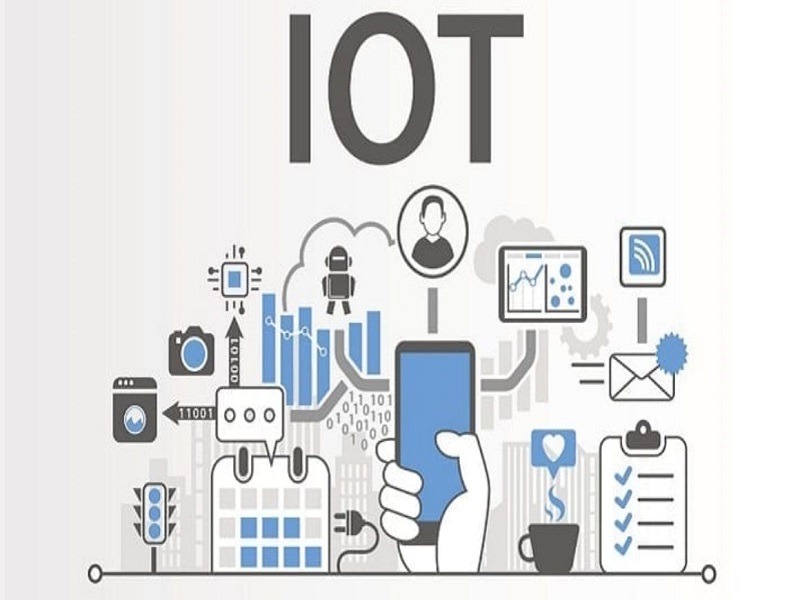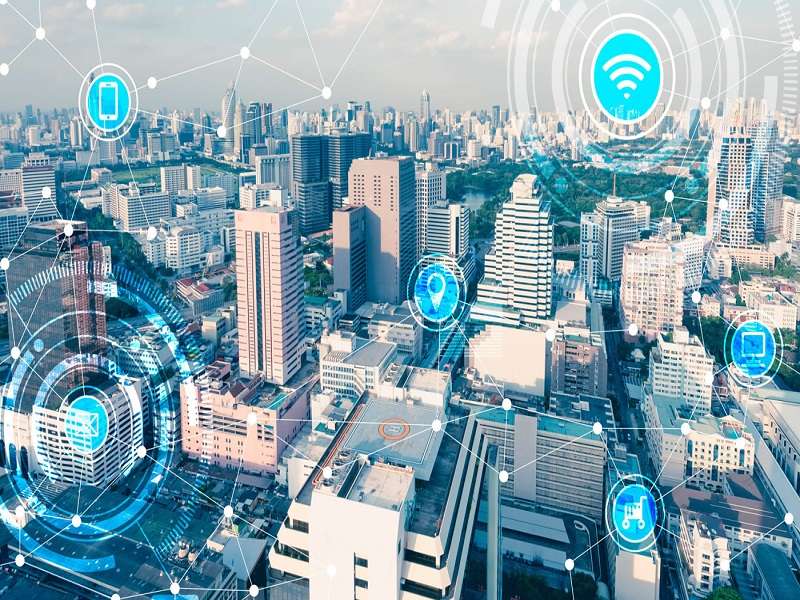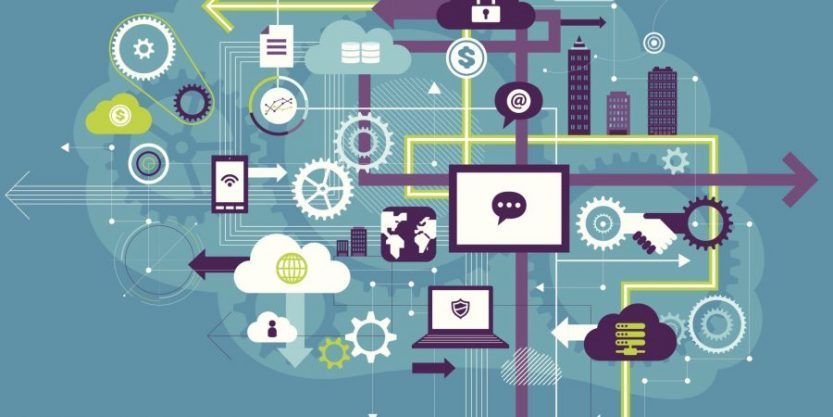Surely you have heard the term Internet of Things (IoT) many times and perhaps you are not entirely clear what it is. Well, from here we tell you that the Internet of Things is one of the technologies that have most revolutionized the way we live today, without more, we will start now.
What is the Internet of Things?

Today there are numerous technological objects such as cameras, sensors, lights and many more. Even though these objects arose many years ago, they have a fundamental characteristic that makes them more striking in our daily lives: they are interconnected with each other.
Suppose we have a camera at the entrance of our house that is capable of detecting which of the inhabitants has just arrived at it. This will communicate with a thermostat installed in that person’s room, which will be in charge of regulating the temperature each time they arrive home. This is an application where the Internet of Things is evident and has a fundamental characteristic: this process occurs without human intervention.
Therefore, we could define the Internet of Things as a network that interconnects physical objects using the Internet. These objects are controlled by embedded systems such as the well-known microcontrollers. These not only allow Internet connectivity, but the execution of specific tasks that are sometimes dictated remotely. Each object in this large network performs tasks depending on the data received from another object within the same network.
From this first part we can define the two main characteristics of the Internet of Things:
- It is a network that interconnects physical objects.
- The execution of tasks is carried out through the exchange of information between objects without human intervention.
Applications of Internet of Things
Despite the fact that the Internet of Things has numerous applications, we will focus on talking about two of its main branches.
Industry 4.0

Industry 4.0 is simply about interconnecting all parts of a business, leading to effective automation and a smarter business. In this concept of industry, the union between the real and the virtual world is essential.
The most outstanding feature in this concept is automation, since it allows the interconnection of production units in order to use resources in a more intelligent way. This basically means that the different machinery in the industry communicate with each other. In this way, it is guaranteed that they all work as a whole and that they reach a productive efficiency previously unimaginable. Next, we will cite practical examples from Industry 4.0.
- Cloud management allows machines to be managed remotely and integrated through any device. In this way, the person in charge of the process will be able to monitor and control it even if they are hundreds of kilometers away from said process.
- The implementation of collaborative robotics will allow humans to work hand in hand with robots. These robots are considered the little brothers of industrial robots; less fast, but smaller, more manageable and safe. The objective is that these robots replace our hands, in such a way that we can safely supervise them from the same environment.
Smart cities

Smart cities seek to integrate technology and innovation to achieve sustainable development, taking as a premise maximum convenience for the citizen. Basically it is about interconnecting a large number of objects with each other and putting them at the service of citizens.
Based on the Internet of Things, smart cities can improve their energy distribution, optimize garbage collection, decrease traffic congestion, and even improve air quality. Next, we mention examples of how a smart city works:
- Traffic lights receive data from sensors and cars, causing them to adjust the cadence of light change and time to ensure greater traffic flow.
- Cars can communicate with parking meters to suggest to their driver where to go to get the closest parking space.
- The garbage containers send data to the collection companies, managing to define when the collection is necessary.
Conclusiones
Definitely the Internet of Things is one of the technologies that has most influenced our daily life and without a doubt our lifestyle will continue to evolve more and more. Despite the fact that great advances have already been made, there are still many applications to be developed in this ecosystem.
We hope this article has been interesting for you, if there is something you want to know specifically or a topic that you want to suggest, leave it in the comments. Remember to subscribe to our Newsletter and follow us on our Social Networks.




